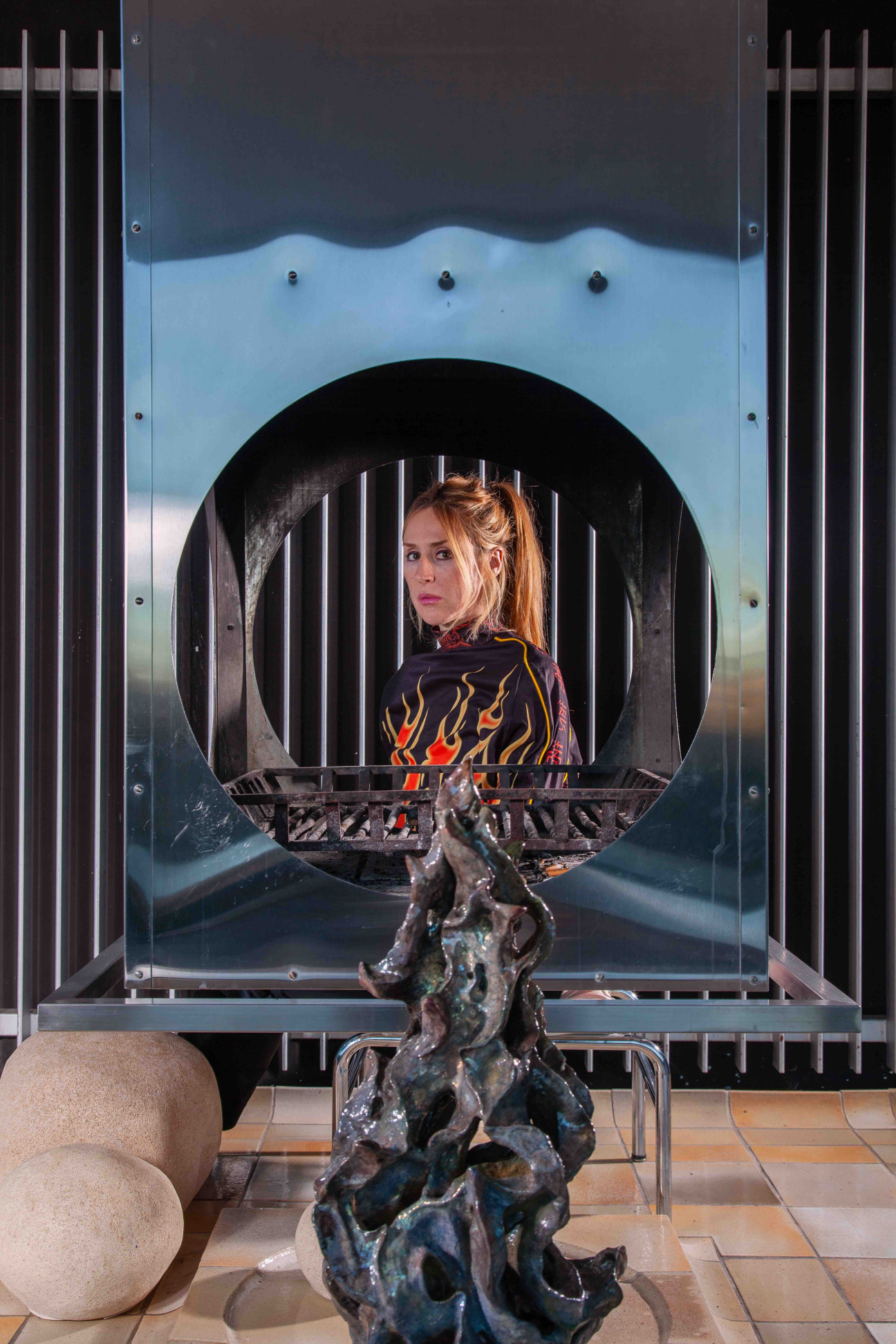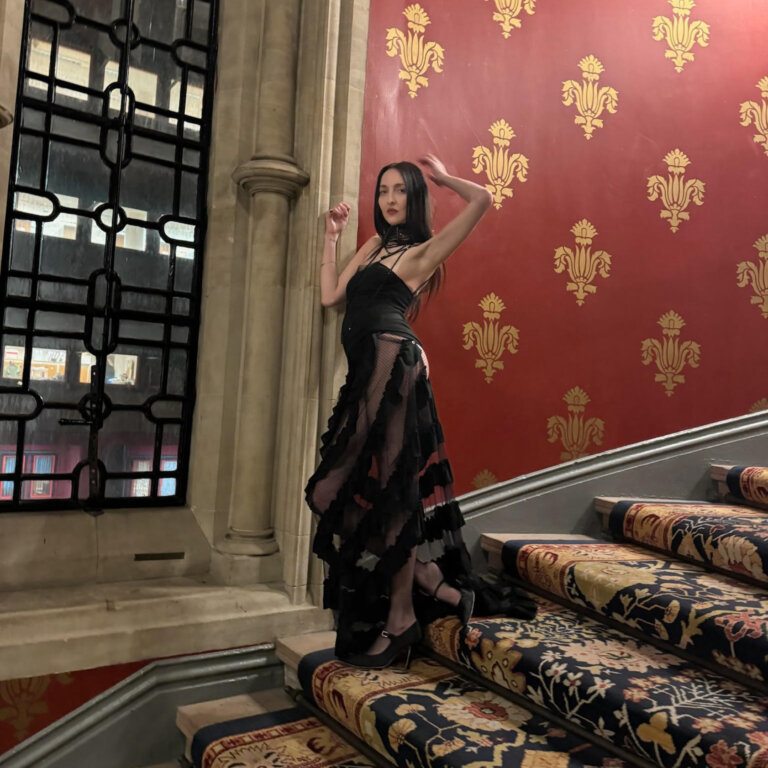
Welcome to “My City,” a column from CULTURED that offers tastemakers’ guides to cities in the news. From the best place to beat the crowds to the most coveted dinner-party invite, their pared-down picks will never lead you astray.
A Marseille native, Emmanuelle Luciani knows the French city by heart. The art historian, sculptor, and curator behind the art agency Southway Studio, which operates out of a 19th-century house and mounts shows and installations all over the Mediterranean hub, has practically sniffed around the city’s every nook and cranny. Ahead of ART-O-RAMA, the art fair that takes over the town through Sept. 3, Luciani shared her favorite local spots for shopping, drinking, dancing, and more. CULTURED is confident that you won’t need any other guide to the unforgettable French port city.
Where are you right now? What do you see, hear, and smell?
I am currently searching for something in the basement of Pavillon Southway [Southway Studio’s headquarters]. It's a 19th-century house, full of history. The cellar is paved with terracotta tiles. It smells of time, and that's what thrills me. It reminds me of the smell of the Saint-Victor Abbey crypts [where Luciani put on a show in 2020].
What's the best neighborhood for a visitor to stay in? Any hotel recommendations?
I love the south of Marseille, and I think it's a part of the city that people need to visit. It has a completely different attitude. I recommend staying at Jogging Samena or Jogging Le Corbusier. Tuba is a hotel and restaurant in Les Goudes, one of Marseille's most beautiful neighborhoods. You can't get any closer to the water than in Tuba's rooms. Bonus: A fresco and works by Southway Studio are on display there.
Where do you go to escape the crowds?
My family has owned a cottage in the Calanques since the 19th century. It's a place of rare rusticity: no water, no electricity, no wifi. It's where I go to recharge my batteries.
Favorite place for moitié-moitié pizza, the half-anchovy, half-cheese pie that has come to define the city?
I'm glad to see that moitié-moitié's reputation is spreading beyond Marseille. For a good pizza, I recommend Chez Étienne, a downtown institution, and the Brasserie du Corsaire Chez Paul, in Les Goudes, which is also a great restaurant for fish. The sauce is delicious.
Best place for a coffee meeting?
In the morning? On Boulevard Vauban, at Carlotta With. The brunch is great and everything is locally sourced. Alternatively, Le Café de la Banque, near La Préfecture. And I can't recommend enough Café Luciani, which is made in Marseille's oldest remaining roasting plant.
Best place for a pastis en terrasse?
La Relève and Café de l'Abbaye, right next to Saint-Victor Abbey, with a superb view of the old port. Saint-Victor is one of the oldest churches in France. A visit to the crypts is a must, as they encapsulate the entire history of Marseille. Otherwise, a bar near the Pointe Rouge or Escale Borély will do the trick. It's still very local, and looks like a Californian seaside made by people who've never seen California.

Your ideal art-viewing itinerary?
Everyone goes to the Mucem, which has an incredible collection inherited from the Musée des Arts et Traditions Populaires in Paris, and an unbeatable seaside location. But I recommend a visit to the Musée des Beaux Arts in Marseille, which has canvases of Provencal landscapes worthy of Remington paintings. Since its reopening, the MAC has been very dynamic. Outside Marseille, you should go to Hyères, to the Villa Noailles. Last but not least, go to the Escale Borély to see its neon ferris wheel at night.
Underrated Saturday-afternoon activity?
I love going to the malls and shopping centers on the city’s outskirts, like Plan-de-Campagne. I've always been attached to the suburban aesthetic, and the neighborhoods outside downtown Marseille are underrated.
Who hosts the best dinner party in town?
Gérald Passedat at Le Petit Nice, of course. We're lucky to have him here.
Favorite places to shop for clothes?
I can think of three. First, JOGGING, which is much more than a store—it's a work of art in itself, with a great restaurant to boot. Then Maison Mère and VRUNK.
…for gifts?
Ensemble and Pavillon Southway.
…for everything you didn't know you needed?
Maison Empereur is, I believe, one of the oldest hardware stores in France. It occupies an entire building and has absolutely everything, from tools and soaps to linen and toys. You're bound to find something nice, beautiful, or clever.
What is something someone can do, wear, or say to look like a local?
It's not really a question of appearance. In Marseille, you can find old guys playing pétanque in tank tops, young guys in socks and flip-flops, upper-class people in nice polo shirts… There really are a thousand faces of a port city. So, if you want to look like a Marseillais, perhaps the best thing to do is to go and see an OM match at the Vélodrome. It's a quasi-religious sporting phenomenon that transcends class and ethnicity.
What is the one item everyone around you seems to be wearing right now?
There's a real sneaker culture in Marseille. People wear them in all shapes and colors. A lot of people wear Nike TN or Asics. It's not a new phenomenon.
What is your pick for a local restaurant you can actually get into for dinner?
Marrou for a quick lunch and Chez Paul in the evening, in Les Goudes. Le Fioupélan too, at the port.
Go-to spot for dancing?
Wherever Bianca (aka la Baronne) is mixing.
Any tips for getting the most out of ART-O-RAMA?
There are obviously a lot of people on the launch day, so I'd recommend doing the fair on the last day, and exploring the city and off-site programming beforehand!
What is your favorite thing about where you live?
Marseille is history, but above all, it's alive. I can't explain it, but the people are alive.
For more city guides, see museum director Myriam Ben Salah on Chicago, and curator Cecilia Alemani on Venice.










 in your life?
in your life?

